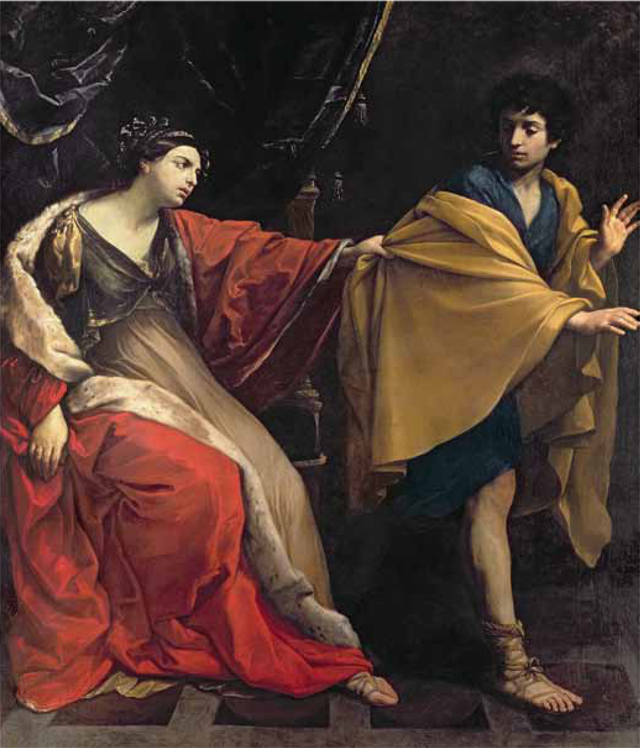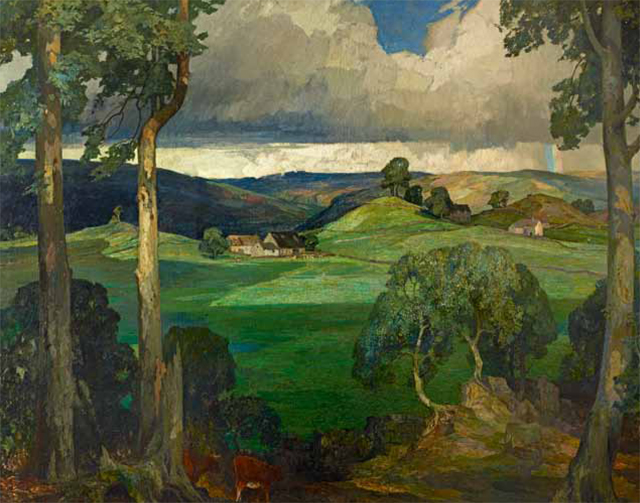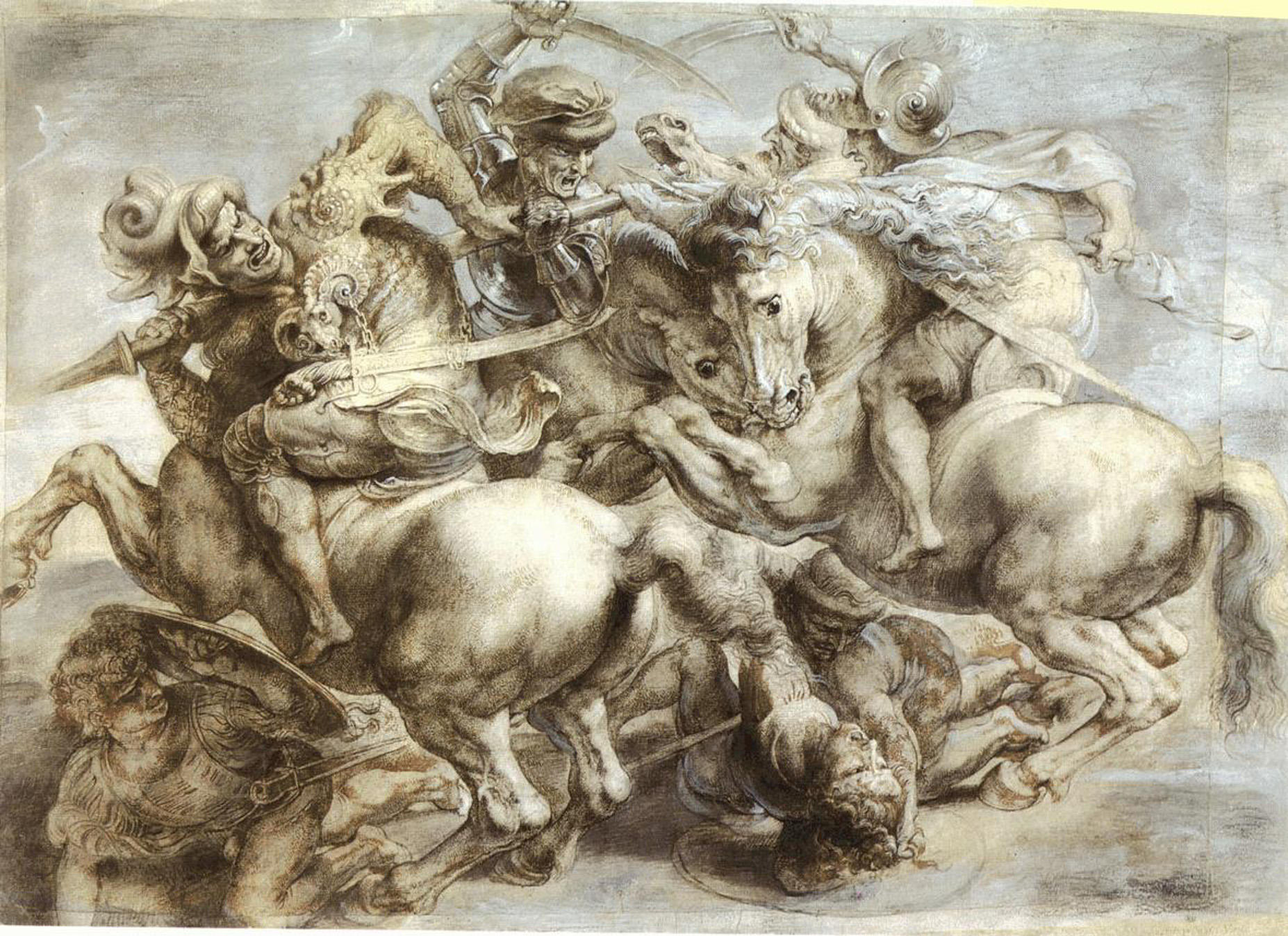My Favourite Painting: Rory Stewart
Rory Stewart chooses his favourite painting for Country Life.

The Annunciation, with Two Saints and Four Prophets, 1333, 721/2in by 45in, by Simone Martini (1284–1344), Uffizi Gallery, Florence, Italy.
Rory Stewart says: 'Martini portrays the resistance of the Virgin, the Angel Gabriel moving towards her like a hawk, his damask plaid alive like a third wing behind him. I remember a sheet of flat gold, the filigree columns and the metal blaze of the Gothic arches and the etiolated elegance of the olive and the lillies. But above all, it is the Lady turning away, drawing her cloak across her as if rejecting an importunate suitor. So much was lost with the Renaissance.'
Author, academic and traveller Rory Stewart is MP for Penrith and the Border.
Art critic John McEwen comments: 'Giorgio Vasari, writing in the 17th century, claims that the Sienese Simone Martini was a pupil of the Florentine Giotto. It’s also often stated that he was a pupil of Siena’s leading 13th-century master, Duccio. There is no hard evidence for either claim, as Simone’s history is largely unknown. What is certain is that he had three brothers who were painters, his father-in-law, Memmo di Filipuccio, was a Sienese painter, and so were his two brothers-in-law. One of them, Memmo Lippo, is the co-signatory of The Annunciation, but the painting’s quality confirms it to be solely by Simone.
Simone’s art is distinguished by its novelty, which illustrates the burgeoning secularism of his time. It appeals to the senses as much as the soul. This is very evident in what is widely considered his masterpiece, a sumptuous example of typically gold-backed Sienese art. The anti-realist rule of Byzantine art is broken in the interests of truth to life.
The moment when the Archangel Gabriel miraculously appears to announce ‘Hail Mary full of grace, the Lord is with thee’ (the words are inscribed issuing from his mouth) is shown as a shocking event. Mary recoils. But that is not the only observation that makes the scene so realistic. There are the ornithologically accurate Archangel’s wings; the botanically observed lilies, symbol of her innocence; the book’s shaded page. The altarpiece was commissioned for the chapel of St Ansano (left panel; right panel, probably St Margaret) in Siena Cathedral. It entered the Uffizi collection in 1799.'
This article was first published in Country Life, August 10, 2011
Exquisite houses, the beauty of Nature, and how to get the most from your life, straight to your inbox.
More from the My Favourite Painting series

My Favourite Painting: Earl of Leicester
The Earl of Leicester chooses his favourite painting for Country Life.
My Favourite Painting: Lynn Barber
Lynn Barber chooses her favourite painting for Country Life.

My Favourite Painting: HRH The Prince of Wales
HRH The Prince of Wales chooses his favourite painting for Country Life.

My Favourite Painting: Virginia Wade
Virginia Wade chooses her favourite painting for Country Life.
Country Life is unlike any other magazine: the only glossy weekly on the newsstand and the only magazine that has been guest-edited by His Majesty The King not once, but twice. It is a celebration of modern rural life and all its diverse joys and pleasures — that was first published in Queen Victoria's Diamond Jubilee year. Our eclectic mixture of witty and informative content — from the most up-to-date property news and commentary and a coveted glimpse inside some of the UK's best houses and gardens, to gardening, the arts and interior design, written by experts in their field — still cannot be found in print or online, anywhere else.
